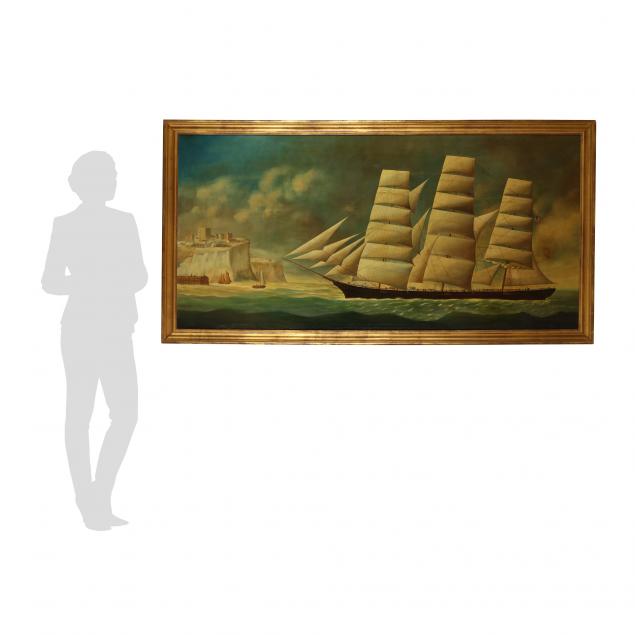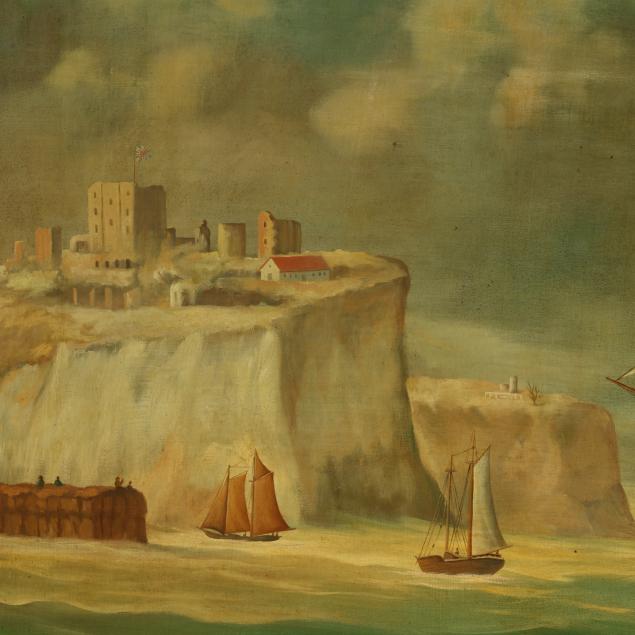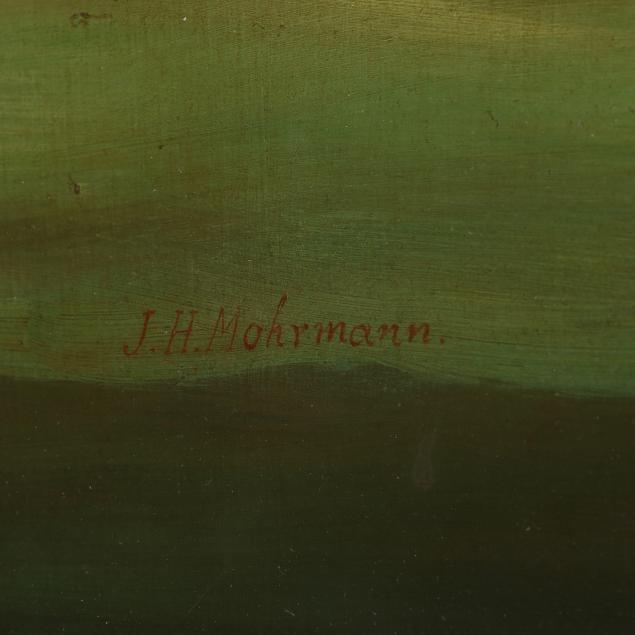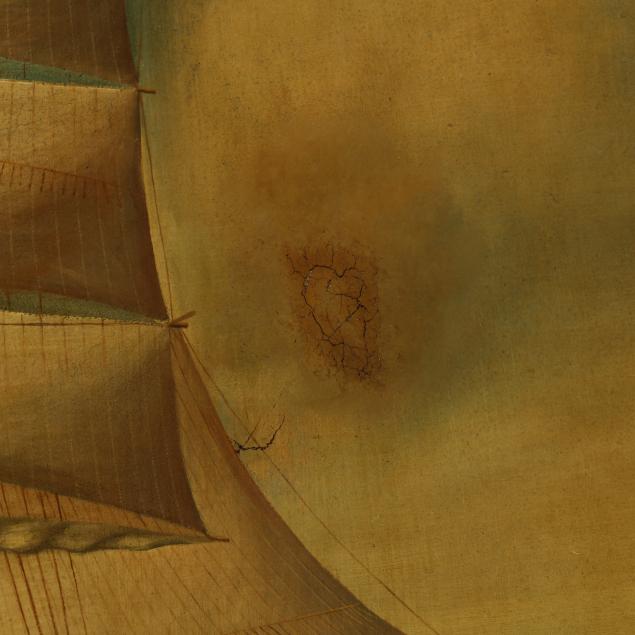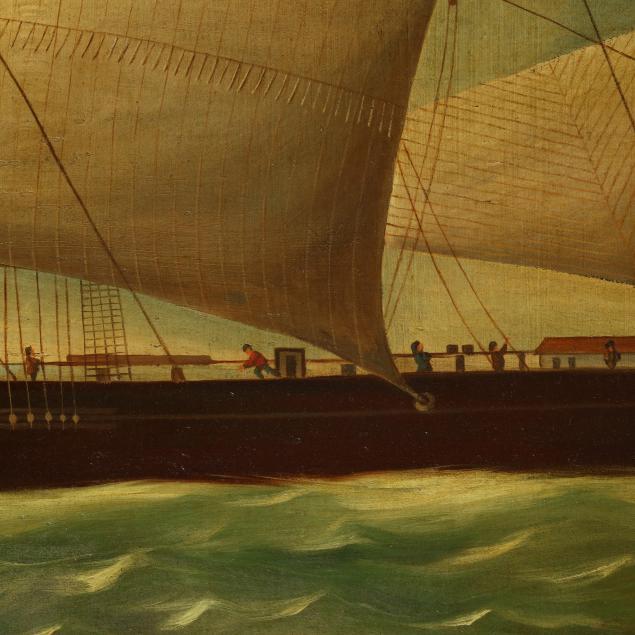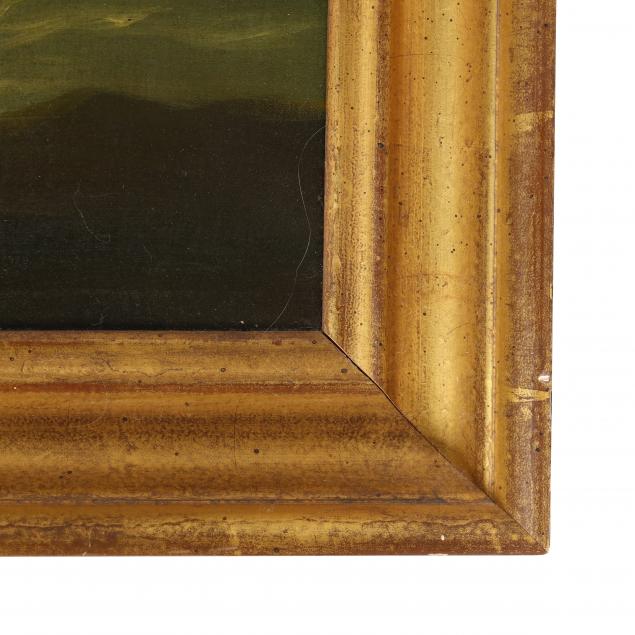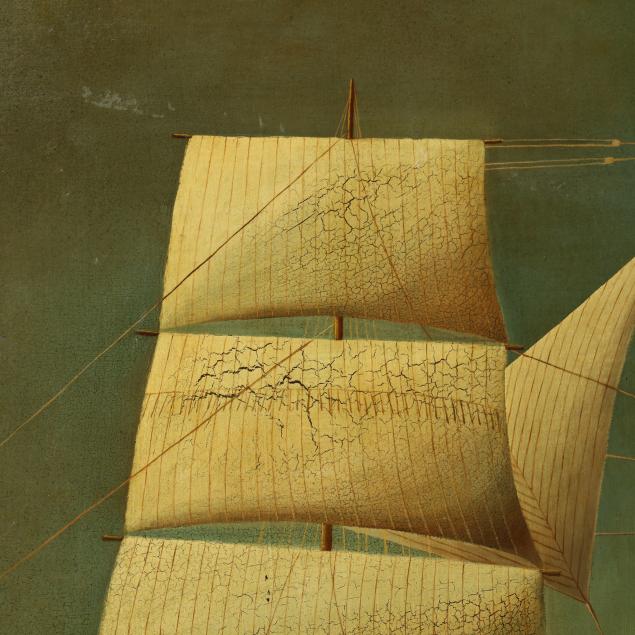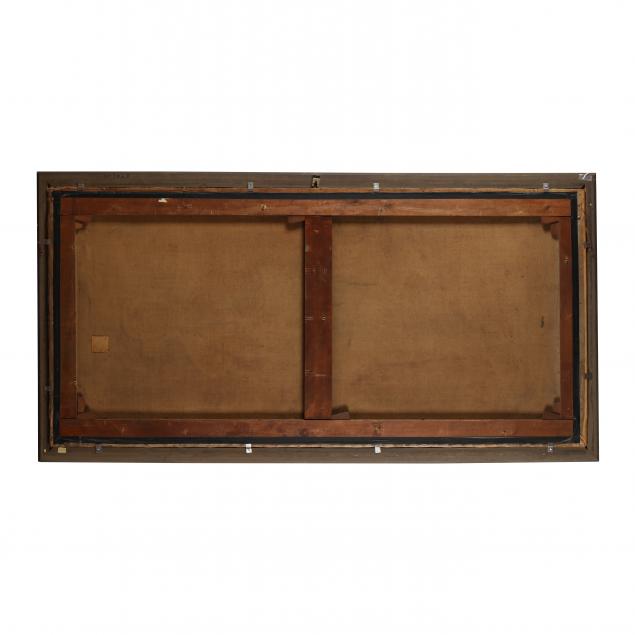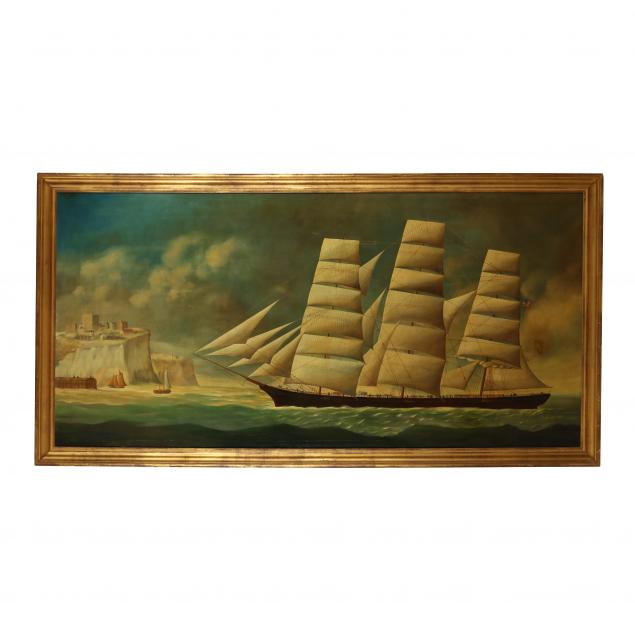
Lot 7039
John Henry Mohrmann (American, 1857-1916), The American Clipper Ship "Paramita"
Explore more items like this one.
Visit our Fine Art Department Fine Art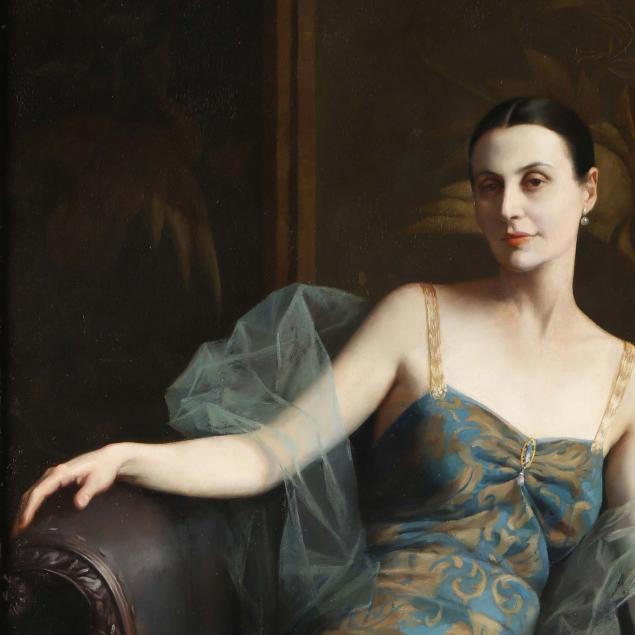
Lot Details & Additional Photographs
Stretcher size 36 x 75 1/4 in.; Frame dimensions 79 x 41 in.
John Henry Mohrmann was born in Germany but immigrated with his family to Oakland, California in 1860. In 1870, or thereabouts, he fled a difficult family situation to live on the sea. He began as a cabin boy and worked up the ranks. While little is known of Mohrmann during this period, he reconciled with his family in California and is listed as a painter in the 1879 voter register for Alameda County.
In 1884, he abandoned life as a sailor and chose to work as a painter full time. He settled in Antwerp, Belgium and found steady income making ship portraits for captains, owners and companies. In 1913, anticipating the outbreak of war, Mohrmann and his family left Europe and moved to Canada.
Mohrmann’s ship paintings are in numerous prominent public collections, including the Peabody Essex Museum in Salem, Massachusetts, The Mariners’ Museum in Newport News, Virginia; National Maritime Museum, Greenwich, England; and the Merseyside Maritime Museum, Liverpool, England.
The Paramita was built by Enos C. Soule and launched from Freeport, Maine in July 1879. Before 1900, her voyages were divided between San Francisco and the Far East. After 1900, she was in the Pacific lumber and coal carrying trade and lastly used as an Alaskan salmon packer. In the summer of 1914, the Paramita was irreparably damaged due to natural and manmade events in the Akutan pass. Her passengers staged a mutiny and were ultimately transported by Revenue Cutters and the USS Buffalo to Seattle, Washington.
Surface grime; yellowing varnish; drying crackle to several sails; minor stable craquelure; small patch to verso with associated retouch to recto; some rubbing to frame.
